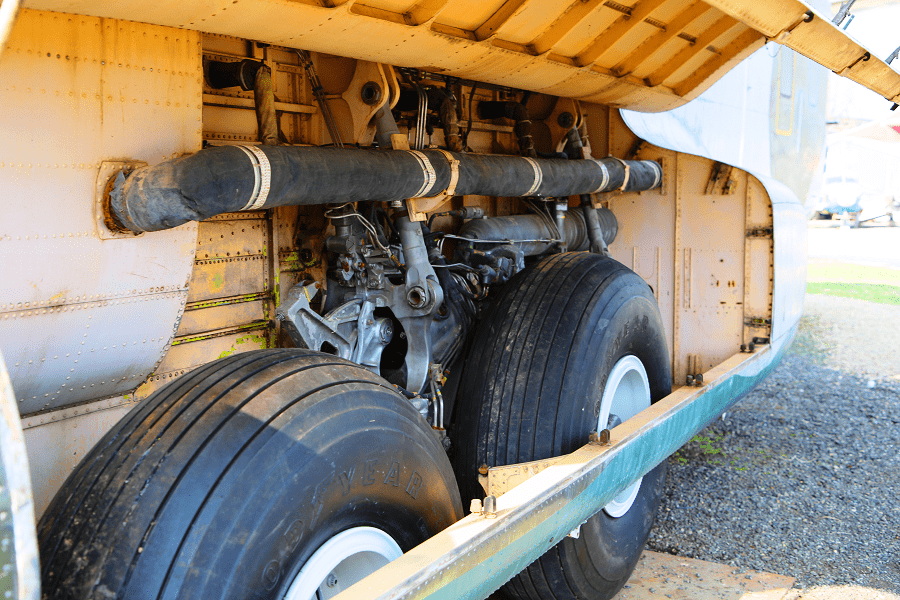Breguet 941S (62-NC): French four-engine turboprop short takeoff and landing
In the late 1940s and early 1950s, the French aviation pioneer Louis Charles Bréguet developed a concept for a short takeoff and landing (STOL) aircraft using four free-turbine turboshaft engines to drive a common powershaft, which, in turn drove four oversize propellers, which were evenly spaced along the leading edge of the wing with large, full-span, slotted flaps, with the arrangement known as “l’aile soufflée” or blown wing.
An initial, experimental prototype, powered by four Turbomeca Turmo II engines, the Breguet 940 Integral, first flew on 21 May 1958, and was used to prove the concept, demonstrating excellent short field performance. This led to an order being placed in February 1960 for a prototype of an aircraft employing the same concept, but capable of carrying useful loads. This aircraft, the Breguet 941, first flew on 1 June 1961.
Testing of this prototype resulted in an order for four improved production aircraft, the Breguet 941S for the French Air Force, first flying on 19 April 1967.
These were fitted with more powerful engines and a modified rear cargo door to allow for air-dropping of stores.
Made in France
First flight: 1961
Crew: 2 persons
Capacity: 57 civil passengers
Powerplant: 4 × Turbomeca Turmo IIID3
Power: 1,501 HP × 4
Maximum speed: 450 km/h (280 mph, 240 kn
Range: 1,000 km (620 mi, 540 nmi)
Service ceiling: 9,500 m















